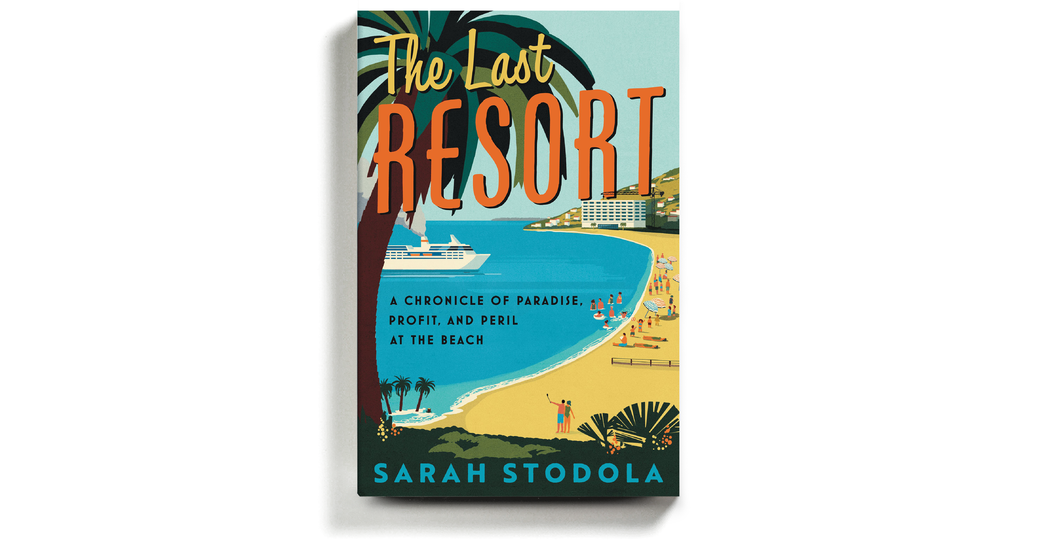THE LAST RESORT
A Chronicle of Paradise, Profit, and Peril at the Beach
By Sarah Stodola
Illustrated. 341 pages. Ecco. $27.99.
Publishing a book about beaches in the season of the “beach read” is a bold and meta move, like when Kramer made a coffee-table book about coffee tables on “Seinfeld.”
The conventional wisdom is that readers want something light and unchallenging for their summer vacations, something they don’t mind smudging with Coppertone and leaving behind at the rental house. Sarah Stodola’s “The Last Resort,” its title echoing Cleveland Amory’s classic about high-society playgrounds, is definitely not that kind of book. Indeed it aims, in well-intentioned, widely researched and somewhat scattershot fashion, to make you profoundly uneasy about the very act of visiting the beach.
Why are you even going, anyway? For much of human history, Stodola reminds us, the seaside was considered a deeply uncomfortable and perilous place. In the 18th century, dubious seawater “cures” — like flushing the eyes or repeated dunking — were promoted in the West. But beaches were long tolerated rather than enjoyed, resorts there a lower-altitude parallel to the kind of sanitarium in Thomas Mann’s “The Magic Mountain.” They also feature in literature and movies, probably more than mountains do: Mann’s “Death in Venice” and F. Scott Fitzgerald’s “Tender Is the Night” flash immediately before the eyes. “Splash.” “Jaws.”
The beach, rebranded by Hollywood and real estate developers as an adult playground — it makes a great set, in art and life — nonetheless still carries a vague sense of impending danger. The sharks might be circling. The merciless sun beats down. The big wave could hit. And even before Covid, the tourism trade was vulnerable to outbreaks of disease and violence. “It’s one of the few industries,” Stodola writes, that requires its consumers “to show up in person to the place of manufacture.” And those consumers are fickle; their idea of “paradise,” denoted by palm trees and cocktail paper umbrellas, all too portable.
The biggest danger, Stodola darkly intones, throwing down plenty of statistics, is humans themselves. They overdevelop, recklessly dump plastic and commit great violence to delicate marine ecosystems. The earth is warming; sea levels are rising and established shorelines are being reshaped when…
Click Here to Read the Full Original Article at NYT > Travel…
